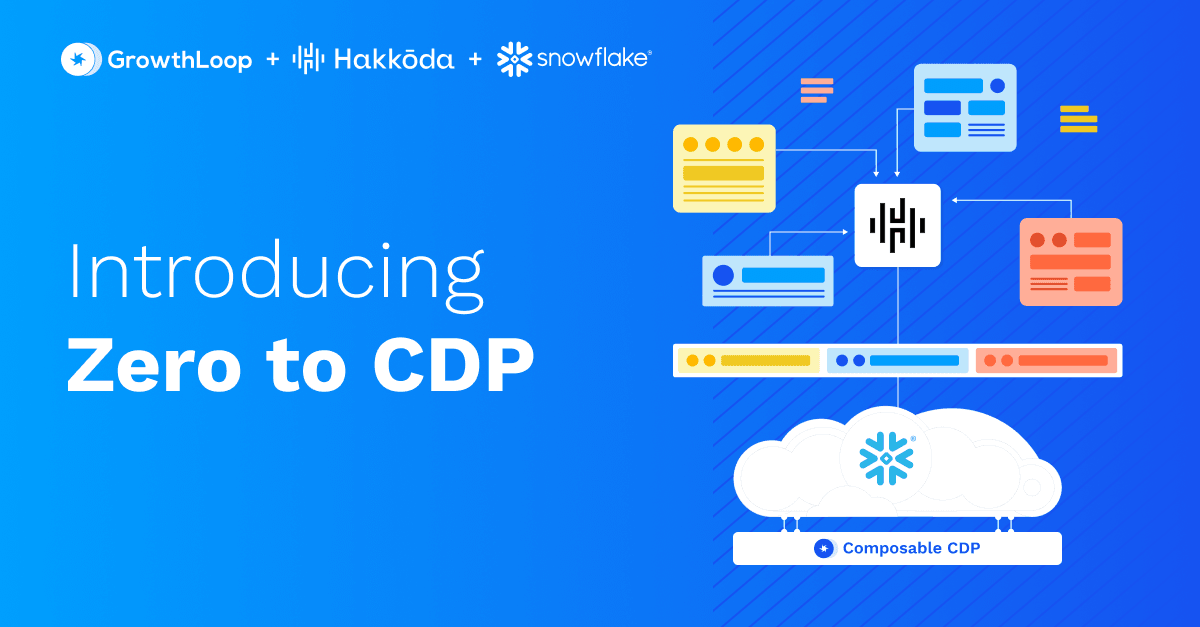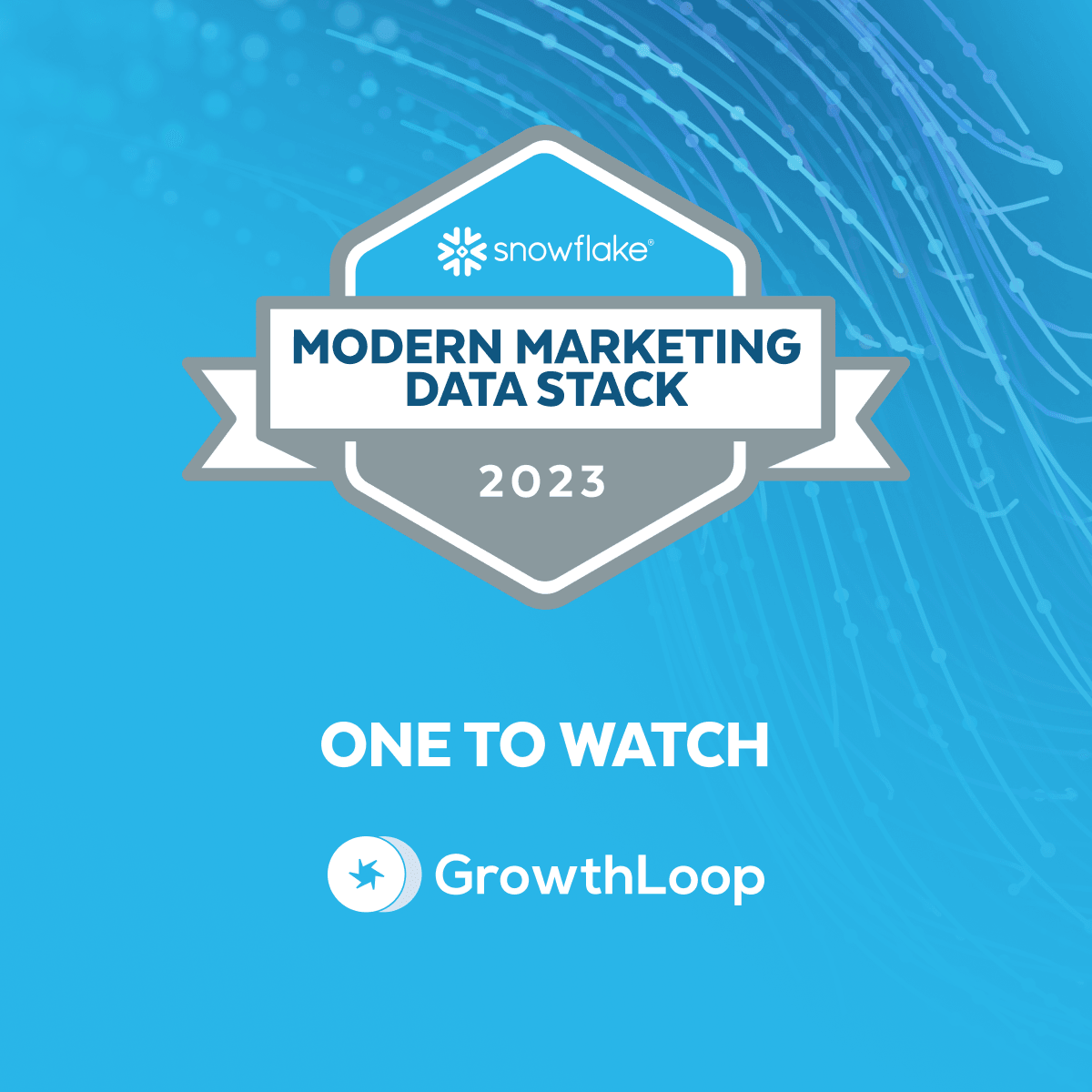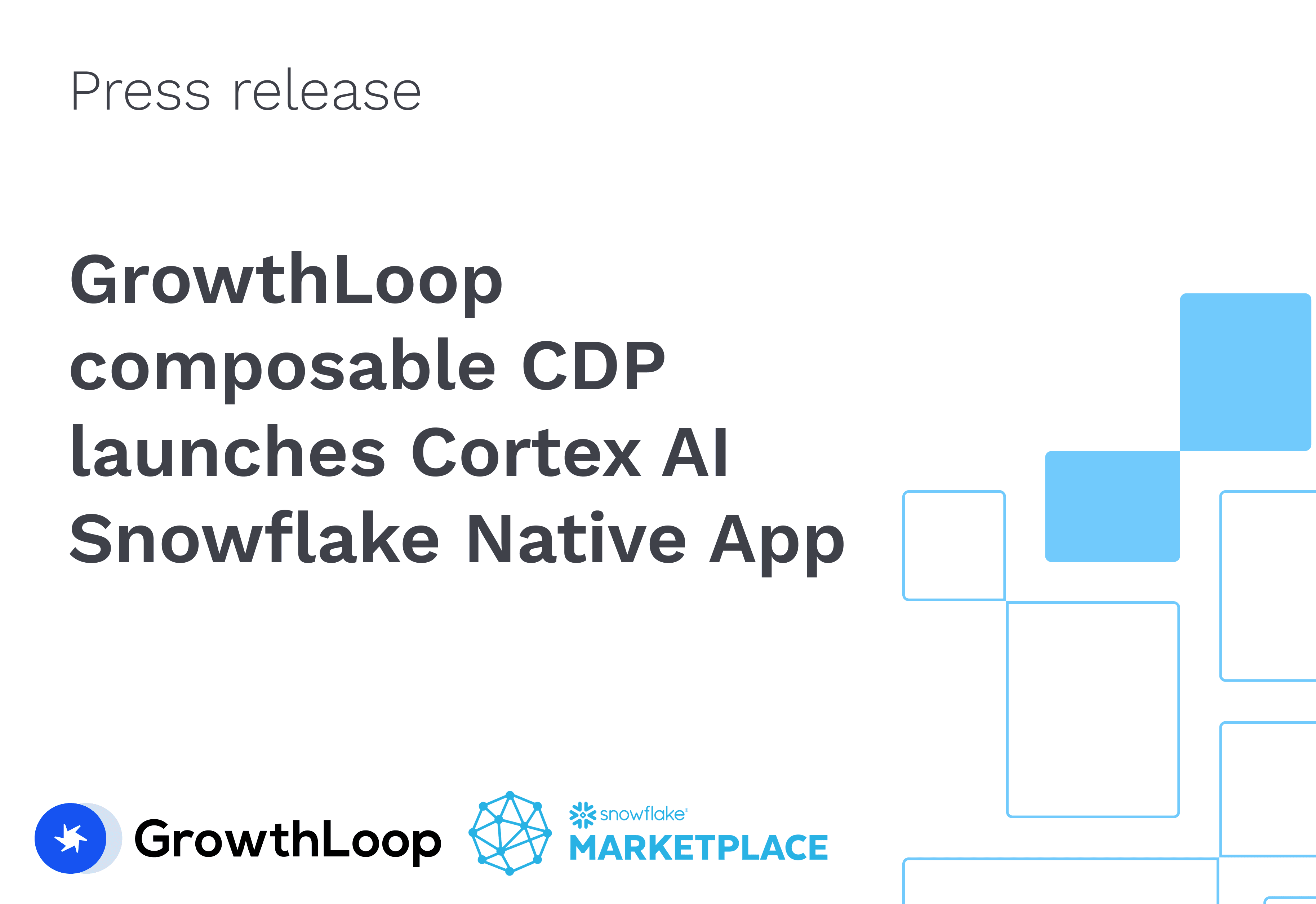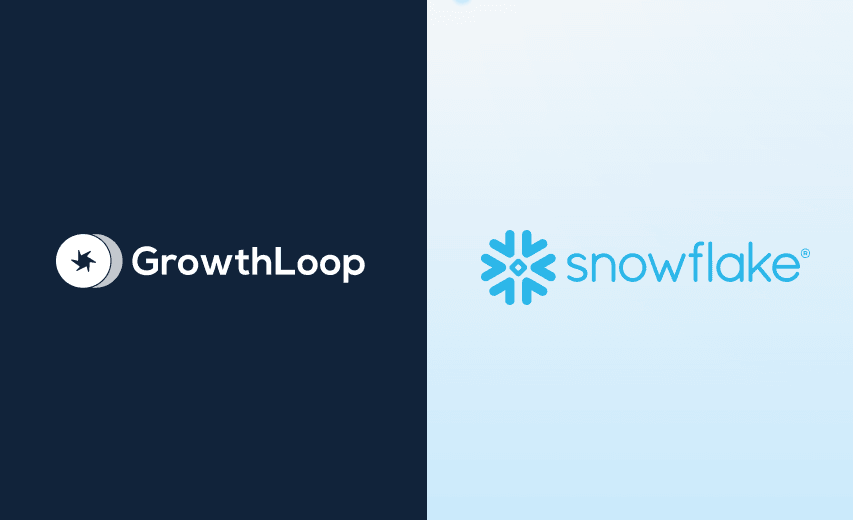What steps are involved in connecting a composable CDP to Snowflake?
When leading a project to set up a composable CDP on Snowflake Data Cloud, you have several key stages related to preparing the data, building policies about your data, connecting your modules, and ongoing maintenance procedures. At a high level, you will need to take the following steps:
Data hygiene
Cleaning your data involves removing any unused, duplicate, uncategorized, outdated, or otherwise erroneous data from your database. Ask your data team to build SQL queries to find data that needs cleaning up, such as incomplete profiles, long-gone customers, or unused test data. Then, archive, delete, or complete it. Having a set of clean data before putting it into your Snowflake Data Cloud also gives you a chance to start from a “known good” state (a point-in-time where you know the data was clean) in your database.
Additionally, the queries that help you identify these unresolved data inconsistencies can also help you develop data governance policies.
Data governance and security
Data governance includes rules for how you collect and format data and any regulations or laws that you need to follow that relate to your data.
Formatting rules: Not all of your data sources will collect data the same way. Sit down with your data analytics and marketing teams to define details like the type of data used in each field and the date and name formats you will use. This process will ensure all data will be organized in the correct format within your data warehouse.
Laws and regulations: Many countries and regions have laws surrounding the data you can collect, how it’s stored, and how to dispose of it. Your data governance rules will need to keep these regulations in mind. For example, medical information in the United States is governed by the Health Information Portability and Accountability Act (HIPAA), while general personally identifiable information (PII) in the European Union (EU) falls under the General Data Protection Regulation (GDPR). Consider speaking to your legal team before finalizing any data governance policies based on your legal obligations.
Configuring composable CDP modules
You will need to consult Snowflake’s documentation and your data teams to properly configure your composable CDP. As many composable CDP solutions are cloud-based, this process may involve getting your cloud solutions to connect and share data. This stage is also where you may want assistance from your technical teams to troubleshoot anything that doesn’t connect properly to your tech stack. As an example of what to look for, try to find something similar to GrowthLoop’s documentation on connecting to Snowflake.
You’ll also need to ensure the composable CDP can activate data to your different channel destinations, such as your CRM or email platform. While you can connect every destination at once, consider creating a slower plan to attach these components over several weeks. Starting with a few key use cases and testing those use cases is a great place to start. This allows you to identify when issues arise, and troubleshoot or roll back the last solutions you implemented to prevent inaccuracies in your data.
Ongoing testing and procedures
While connecting new components to Snowflake and channel destinations, test them to ensure they are giving you the desired results. Verify that you can track results against your goals, so you can compare campaign performance and make adjustments as necessary.
Develop procedures for the data and marketing teams to follow in the event that data problems arise. These plans should include teams or people to contact to resolve issues, as well as instructions for resolving those issues if the contacts are not available.
For example, if a sales rep finds a customer profile that they know has inaccurate information, either empower them to make corrections or tell them who to contact. If they notice multiple wrong entries, tell them which data team members they should alert to investigate any root causes. Write down these procedures and publicize where teams can find the latest versions.

.png&w=3840&q=90)

.png&w=3840&q=90)





